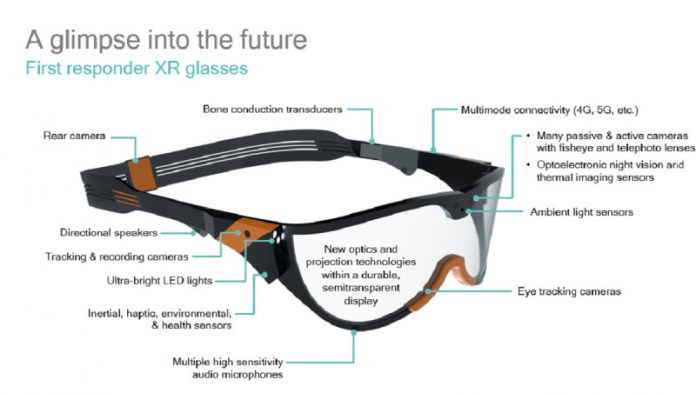VR and AR could transform the way we consume media, and is already starting to do so. From movies, TV, and games, the potential is massive. Equally, the technology could even change numerous industries and improve our way of life. Qualcomm’s Tim Leland says extended reality still faces challenges and industry collaboration is key for development. He issued the statement while speaking at the Augmented World Expo recently. Leland was at the Santa Clara, Calif., event that was also attended by Microsoft, Intel, and Google. Leland also introduced the term extended reality (XR), which is an all-encompassing term for virtual reality (VR), augmented reality (AR), and mixed reality (MR). Of course, Qualcomm has a bet in this game. If virtual and augmented reality take off in the way many predict, the company is likely to be a chief supplier of the processors that drive the devices.
Improving Extended Reality
At the event, Leland spoke to VentureBeat in an extensive interview. On the outlook for mixed reality, Leland said: “We’ve hit a milestone. We mentioned we were building Snapdragon 835 VR HMD dev kits with full tool support. We’re bringing those up right now. We’re still on schedule to ship out to developers. We’ll go wide with that program this summer. We’re still executing on our HMD accelerator program. We have all these reference designs available for OEMs if they want to build an HMD based on Snapdragon 835.” During the discussion, the executive said that current mixed reality models placed in a real environment still look fake. For OEMs, the challenge will be creating powerful enough devices that can handle improved shading and lighting: “If you have a virtual object that you’re placing in the real world, you might draw it correctly. It might be anchored correctly. But if it’s not lit correctly, it’s still going to look fake. If you look at the top one here, that’s the same model as the bottom one, but the bottom is using the real light as the light source. That’s an area where we’ll be working on all aspects of foveation, whether it’s for standardizing and improving foveated graphics rendering to improve visual quality at lower power consumption, and also foveation of video, the view portal for adaptive streaming. When the upstream video service knows you’ve turned your head, it’ll then start refocusing the bitrate to that part of the environment map so you get the best visual quality with reductions in power consumption.”




